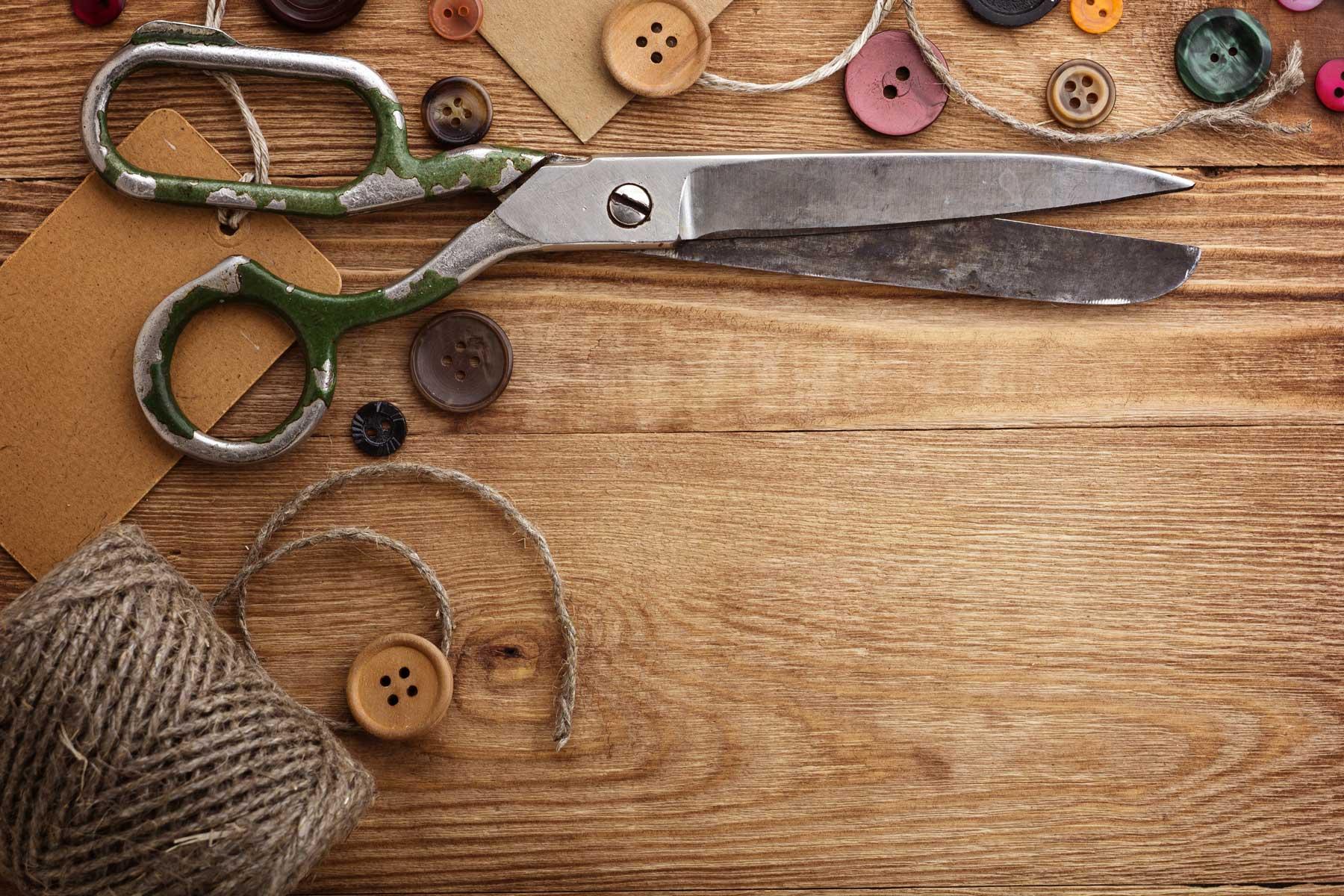
Inside the Art Room
Learning Connections Q3:Second Rotation
Q3:Second Rotation
Kindergarten: Klee inspired Abstract Portraits
Kindergarten is continuing to explore different techniques and processes in Art. Students are learning about different artists create art. Paul Klee was a painter who was inspired by his own art work as a child. He went back to drawings he did as a child, using the images to create his adult masterpieces! Kindergarten students were asked to create a portrait in a new way using oil pastels to create a variety of lines, shapes, and colors. Then the open shapes were painted before adding facial features to complete a portrait or self-portrait. Though out the process, students shared “I wonder…” statements to extend their learning. I wonder which color Paul Klee used the most. I wonder why we had to switch materials from pastel to paint. I wonder what Paul Klee’s favorite work of art was. I wonder why he didn’t make portraits that looked like real life.
Learn more about Paul Klee here or here.
Read The Cat and the Bird, a book inspired by Paul Klee’s work here.
1st Grade: Abstract Expressionism with Helen Frankenthaler
Abstract Expressionism is a movement in art that describes the artist’s desire to capture a feeling or emotion using basic elements of art such as color, line, and shape. First grade artists explored the life and work of American artist Helen Frankenthaler to discover how she experimented with a variety of painting styles before inventing one of her own. Students extended their study of color to create two painted papers using only warm colors in one and cool colors in the other. Students used those painted papers to create an image inspired by their own feelings and memories. The works were embellished with crayon or oil pastel as desired. Artists shared the stories that inspired the work they created.
Learn more about artist Helen Frankenthaler here.
Read, Dancing Through Fields of Color, a book inspired by Frankenthaler's work.
Lunar New Year for K & 1
Learn more about Chinese or Lunar New Year here.
Read the Legend of the Chinese Dragon, or The Great Race to learn more.
Try your hand at making a pallet drum or Chinese noisemaker with the Chinese Art Alliance of Nashville using household items here.
2nd Grade: Rag Weaving with Cardboard looms
Rag Weaving is a type of weaving that typically uses discarded materials or fabric scraps to create a new object, often a rug. What is weaving? Weaving is found in every culture on our planet in some form or another. Students begin to explore weaving materials beyond paper in second grade, and are first asked to search for examples of weaving in everyday life. Sweaters, rugs, baskets, hats, chairs and many more examples can be found in homes and classrooms. Students used rhythm, pattern, and counting to thread cardboard looms by applying non-standard measurement to estimate how much material would be needed and counting alternating patterns to complete their weaving. Students share “I wonder…” statements and are introduced to the questions, “What problems could weaving (or Art) solve?”
Learn more about the history of weaving here.
Read a book inspired by Navajo weavers here.
See the process students used in this video by Dr. A.3rd Grade: Radial Weaving
Symmetry in its most familiar form is line symmetry or mirror symmetry. In third grade, the abstract concept of balance is expanded from one type of symmetry to many types of balance, including radial symmetry. Radial symmetry is often found in nature and includes items that are equidistant from a center point, such as flowers, pinecones, and snowflakes. Students use this concept to create a radial weaving. The Spider Weaver, A Legend of Kente Cloth, a folk tale from Africa, explains how the weavers learned a new way to weave thanks to a beautiful spider. Students apply their understanding of fractions and number sense to thread the circular loom, as well as concepts of non-standard measurement to judge material needed to complete and embellish the weaving.
Learn more about the history of weaving here.
Read The Spider Weaver, A Legend of Kente Cloth here.
See the process students used in this video by Dr. A.
4th Grade: Tapestry Weaving
As our resident expert weavers, 4th grade artists love a challenge! Tapestry weaving can be differentiated for any skill level. A tapestry weaving is a weaving created by hand on a loom. Students explore embedding beads, adding decorative knot embellishments, and some students attempt advanced locking stiches used to create complex images. The science and math behind weaving is an exciting application for students to explore ratios to estimate size and the physical science behind natural dying techniques. Once students internalize the basic structure of weaving as a process, and the rhythm of the weaving pattern, they can begin to explore and experiment with more advanced techniques or variation of loom design related to scale. The larger the loom, the larger the weaving! Looking at different configurations of looms, such as the back-strap loom featured in the story, often inspire weaving hypotheses and experimentation. Students are introduced to cochineal bugs and indigo plants used to create red and blue dyes.
Learn more about the history of weaving here.
Read Abuelo’s Weave here.
See the process students used in this video by Dr. A.
In the Art Room with Dr. A.
Email: tina.atkinson@mnps.org
Website: percypriest.org
Location: Percy Priest Elementary School, Otter Creek Road, Nashville, TN, USA
Phone: 6152988416






